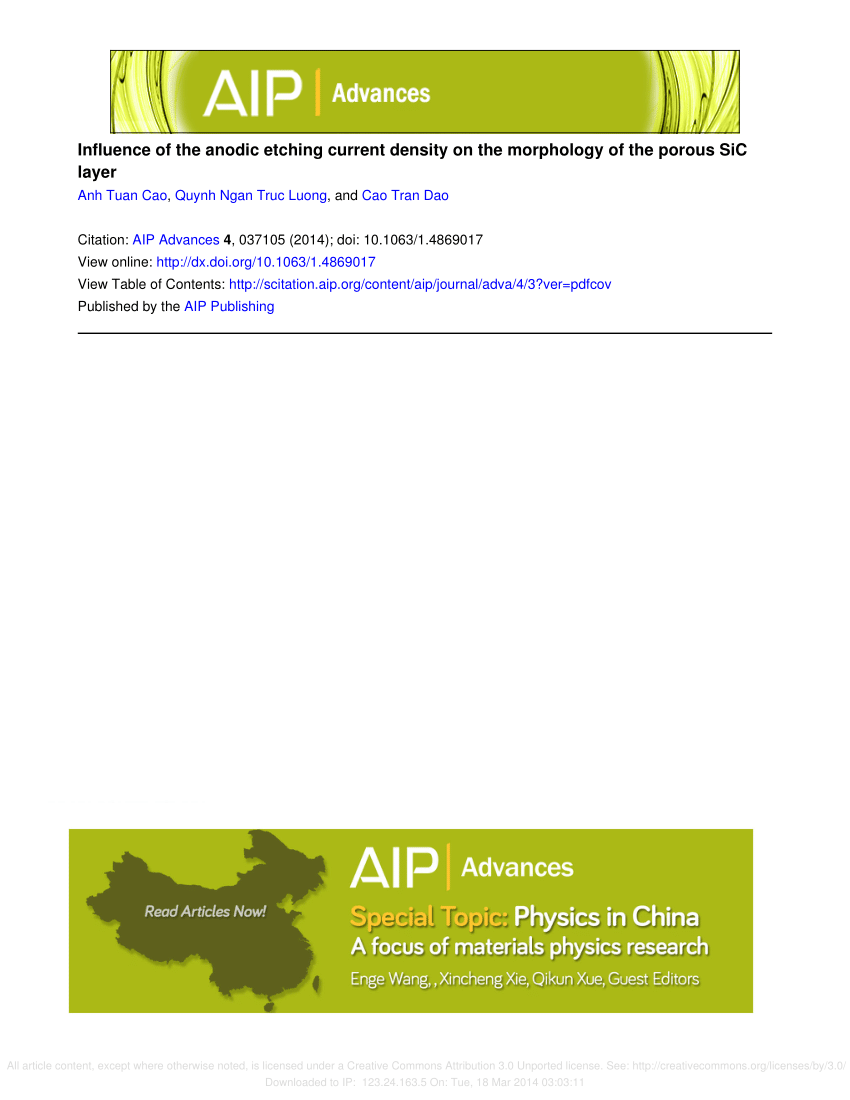Density functional theory study of physisorption of ionic liquid pairs on hydroxylated and oxygen terminated α-SiO2 (001) surfaces
IF 1.4
4区 物理与天体物理
Q4 MATERIALS SCIENCE, MULTIDISCIPLINARY
引用次数: 0
Abstract
In this work, we investigate the ion pair tetramethylphosphonium cation, [P1,1,1,1]+, and bis(oxalato)borate anion, [BOB]−, as a model system for the study of ionic liquids interacting with both hydroxylated and oxygen terminated α-SiO2 (001) surfaces, using first-principles electronic structure theory. We use a single ionic pair and clusters of ion pairs, in order to have exclusively neutral supercell slab models. We use dispersion-corrected density functional theory (DFT) to ascertain that both the strong physical binding between the ions, dominated by ionic binding, and the weaker physical binding of ions to the different surfaces are correctly described. We have found that the binding of ion pairs is stronger to the hydroxylated α-SiO2 (001) surface compared to the oxygen terminated surface, which is attributed to the formation of H-binding with the oxygen atom(s) of the [BOB]− anion. Through rotation of ionic pair(s), we estimate the surface-ions energy barrier for translational movement and, thus, the strength of H-binding of the ions. At the surface of hydroxylated α-SiO2 (001), we have studied how water molecules form a network of H-binding with the OH groups of the surface and the [BOB]− anion, which offers an explanation for the reduction in the friction of ionic liquids on the inclusion of water. We suggest modeling protocols for simulation of ion pairs on surfaces, which can open up the possibility to use DFT to aid in designing and understanding the physicochemical mechanism of interactions of ionic materials (including ionic liquids) in various technological applications.羟基化和氧端化 α-SiO2 (001) 表面离子液体对物理吸附的密度泛函理论研究
在这项研究中,我们利用第一原理电子结构理论研究了离子对四甲基鏻阳离子 [P1,1,1,1]+ 和双(草酸)硼酸阴离子 [BOB]-,并将其作为研究离子液体与羟基化和氧端化 α-SiO2 (001) 表面相互作用的模型系统。我们使用单个离子对和离子对簇,以建立完全中性的超胞板坯模型。我们使用色散校正密度泛函理论(DFT)来确定离子之间以离子结合为主的强物理结合以及离子与不同表面的弱物理结合都得到了正确的描述。我们发现,离子对与羟基化的α-SiO2 (001) 表面相比,与氧终止表面的结合力更强,这归因于[BOB]- 阴离子的氧原子形成了氢键结合。通过离子对的旋转,我们估算出了表面-离子平移运动的能量势垒,从而估算出了离子与 H 结合的强度。在羟基化的α-SiO2 (001) 表面,我们研究了水分子如何与表面的羟基和[BOB]-阴离子形成 H 结合网络,这为离子液体加入水后摩擦力减小提供了解释。我们提出了模拟表面离子对的建模协议,这为利用 DFT 帮助设计和理解各种技术应用中离子材料(包括离子液体)相互作用的物理化学机制提供了可能。
本文章由计算机程序翻译,如有差异,请以英文原文为准。
求助全文
约1分钟内获得全文
求助全文
来源期刊

AIP Advances
NANOSCIENCE & NANOTECHNOLOGY-MATERIALS SCIENCE, MULTIDISCIPLINARY
CiteScore
2.80
自引率
6.20%
发文量
1233
审稿时长
2-4 weeks
期刊介绍:
AIP Advances is an open access journal publishing in all areas of physical sciences—applied, theoretical, and experimental. All published articles are freely available to read, download, and share. The journal prides itself on the belief that all good science is important and relevant. Our inclusive scope and publication standards make it an essential outlet for scientists in the physical sciences.
AIP Advances is a community-based journal, with a fast production cycle. The quick publication process and open-access model allows us to quickly distribute new scientific concepts. Our Editors, assisted by peer review, determine whether a manuscript is technically correct and original. After publication, the readership evaluates whether a manuscript is timely, relevant, or significant.
 求助内容:
求助内容: 应助结果提醒方式:
应助结果提醒方式:


